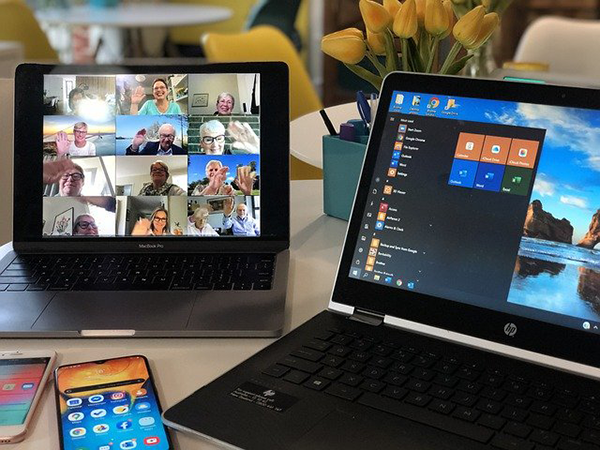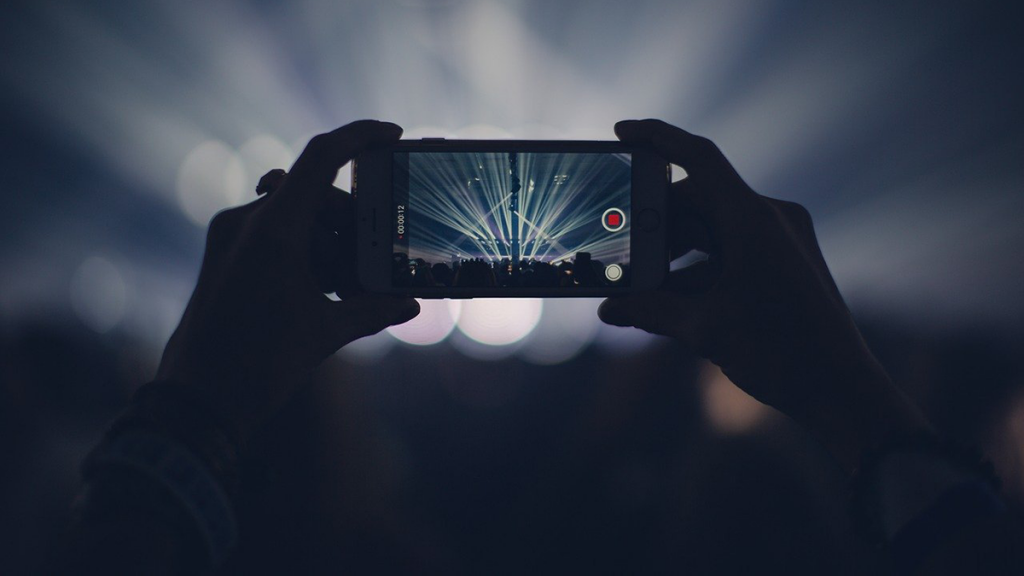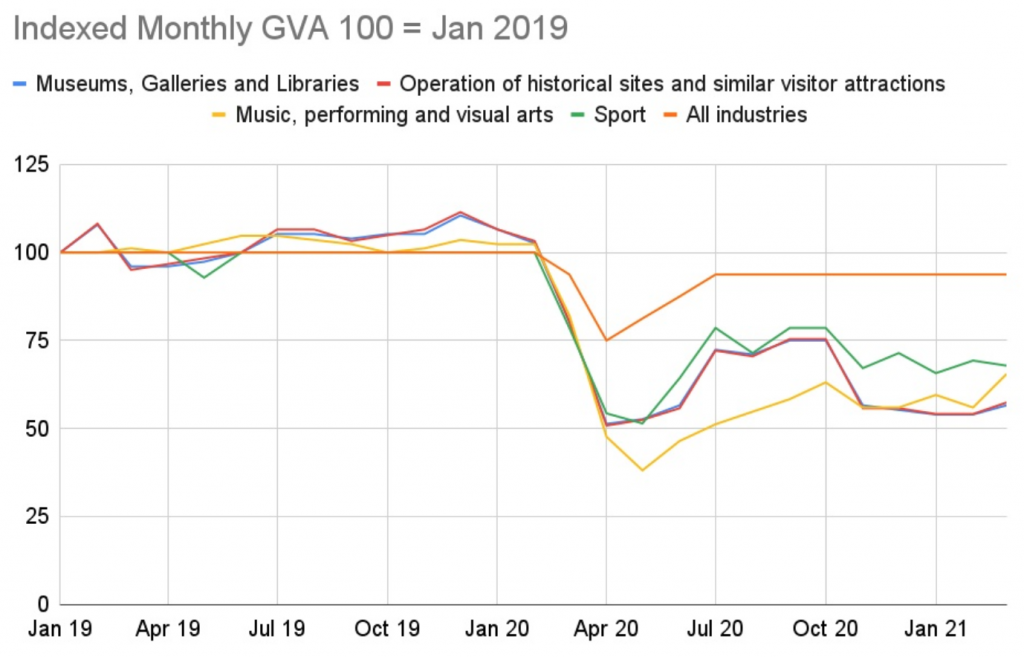The United Kingdom released promising results from its Events Research Program (we broke them down here). They also released survey data showing how attendees feel about Covid protocols at live events.
Survey Says
A survey found that pre-event Covid testing made people 15% more likely to attend a live event. However, other measures made people less likely to attend:
- Social distancing (-2%)
- Face coverings required for over two hours (-28%)
- No food or drink allowed (-43%)
- Two-hour delay to enter or exit (-62%)
While pre-event Covid testing made people more likely to attend, mandatory testing had the opposite effect. Even when tests were free, the conversion rate for online ticket sales dropped from 18% to 1.7% when security terms mentioned required testing (4.5).
Researchers think staggering entries and exits is unpopular because fans like to leave early when the game’s result is clear. They also caution that this strategy could lead to increased staffing costs (4.5).
Businesses Looking to Rebound
Research measuring gross value added (GVA) shows that no economic sectors have returned to pre-pandemic levels. (Per Investopedia, GVA measures how much an individual industry contributes to the economy, adjusted for the cost of materials, taxes, and subsidies.)
For instance, galleries sponsored by the Department for Digital Culture Media and Sport saw an 89% year-over-year decrease in visitors.
Moreover, a survey from the U.K. Cinema Association found that visits to movie theatres dropped from 16.5 million in January 2020 to 2.6 million in September 2020.
Those numbers are understandable, given the state of the pandemic around that time, though.
Our World in Data’s tracking shows that the U.K. saw a steady uptick in cases beginning in late August that did not subside until mid-November.
Taking it Online
In the face of those numbers, many in-person events understandably could not happen. While a spate of online events popped up everywhere, many people were not as enthusiastic about them.
A government poll found that 76% of Brits engaged with the arts in the 12 months before the pandemic began. However, four months into the shutdowns, another poll revealed that just 7% of U.K. respondents had watched a live arts event online.
Professor Professor Jeremy Bailenson, founding director of the Stanford Virtual Human Interaction Lab, says in a Stanford publication that such “Zoom fatigue” is real – and normal. He points to the absence of nonverbal cues and decreased mobility caused by being tethered to a screen as some culprits.

Getting Back to Normal
These surveys make it clear that people are ready to return to normal.
They paint a general picture that people want safety without feeling overburdened. But that’s much easier said than done, and a general picture of course does not apply to everyone. Some people are ready to return to live events without a care in the world, while some are still quite hesitant.
Event organizers must reach spectators where they are and craft a safe, welcoming, “Fancentric” approach to reopening.
IIFX’s Return to Work, Play, and Spectate guide lays out some sound advice for reopening. Be sure to check it out and to subscribe for the latest insider advice to guide your organization through – and beyond – the Covid pandemic.
Starting in August, some of our content will become subscriber-exclusive. This move will help us continue to grow and give our subscribers more insider advice, insights, and networking opportunities. Our newsletter, the IIFXtra, will send you a mix of free and exclusive content as soon as we publish it. Sign up for the IIFXtra below and learn more about subscribing here.
[mailmunch-form id=”1036259″]


